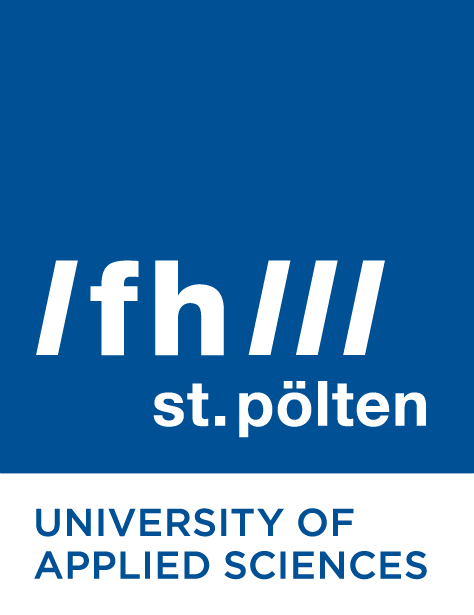🗣️ Empowering STEAM Education Through Adaptive Teaching
#ST(A)M #AdaptiveTeaching #EDoing #TechnologyBasedLearning
Alexandra Gössl
The intricacies of adaptive teaching methodologies and the didactically informed integration of technology, especially within laboratory settings, will be explored in this blog post. We will examine how educators can be equipped to personalize learning through an innovative toolkit, enabling a practice-oriented yet theoretically well-grounded take on adaptive teaching in co-located as well as distributed interactive learning settings.
In the dynamic landscape of education, the integration of technology in learning processes has become an integrative component of didactical settings. To guide educators through the intricacies of incorporating technology into interactive and adaptive teaching settings, especially in laboratories or practical formats, a systematic approach to assess and select support instruments according to the didactical aims and the needs of learners is required.
The efforts of developing and piloting such an approach have been part of the recently finished Erasmus+ project, "T.E.S.T. – Technologies for STEAM Teaching,". This project aims to create a toolkit tailored for educators in the STE(A)M domain, covering Mathematics, Informatics, Natural Sciences, Arts, and Technology.
The presentation on the conference “Inverted classroom and Beyond” will include a brief introduction to the “T.E.S.T.”-project, followed by a synthesis of Bloom’s taxonomy (Benjamin Bloom et al., 1956) and the Media Synchronicity Theory (Alan Dennis et al., 1998). Emphasis will be placed on the selection of learning media used, taking into account the learning objectives. As a preview on the project, the core aspects and methodologies will be discussed in the following blogpost.
1. The T.E.S.T. Project: Crafting a Toolkit for Educators
The primary objective of the Erasmus+ project is the development of a comprehensive toolkit designed to empower educators in STE(A)M fields. This toolkit serves as a guide, offering practical insights into integrating technology into teaching methodologies. The project methodology places a significant emphasis on two key pillars: E-Doing and adaptive didactics.
The foundation of the project rests on the principle of "Learning through E-Doing." Educators are encouraged not just to understand theoretical concepts but to actively engage with digital tools, fostering an environment where technology becomes an integral part of the learning process.
Adaptive didactics is another cornerstone, acknowledging the diversity in learning styles, interests, and needs among students. The project recognizes that a one-size-fits-all approach is not sufficient in the modern educational landscape. Through adaptive didactics, educators gain insights into tailoring their teaching methods to suit the individual requirements of their students.
2. Interdisciplinary Approach: Bridging Virtuality and Laboratory Experiences
An interdisciplinary foundation underpins the project, fostering active learning through practical and multisensory activities. The exploration of the intersection between virtual and laboratory experiences is a key focus. It involves deliberately navigating the advantages of virtual environments and the irreplaceable value of hands-on laboratory experiences, providing educators with guidance on strategically selecting digital tools that leverage virtual benefits while ensuring the integral role of practical, real-world applications in the learning process.
3. Adaptive Teaching Methods: Personalizing Education through Technology
Central to the project is the exploration of adaptive teaching methods, emphasizing the deliberate selection of digital tools based on didactic considerations. The goal is to empower educators to customize their teaching approaches, aligning them with the diverse needs, interests, and learning styles of their students.
The project guides educators in selecting and utilizing digital tools that go beyond mere technological capabilities. Instead, the focus is on tools that align with the pedagogical goals and the unique characteristics of the learners, allowing for a more personalized and effective educational experience.
4. Looking Ahead: The Future of STE(A)M Education
As educators immerse themselves in the results of the T.E.S.T. project, they are not only gaining practical skills but also contributing to the evolution of education in the STE(A)M fields. The synergy between technology, adaptability, and didactic considerations acts as a lighthouse for an individual development journey, which leads to using technology as a didactically sound means to satisfy different learners’ needs while maintaining focused on the learning outcomes to be achieved in a specific learning setting.
Alexandra Gössl, MA
Universität for Continuing Education Krems
Department for Continuing Education Research and Educational Technologies
Alexandra Gössl is a scientific staff member on the Centre for Learning System Design and Transformation. Coming from a sociological disciplinary background, her research and teaching focus lies on social and educational inequality, diversity and emotion work. Within these areas, she specialized in qualitative-interpretative approaches in particular.
alexandra.goessl@donau-uni.ac.at
